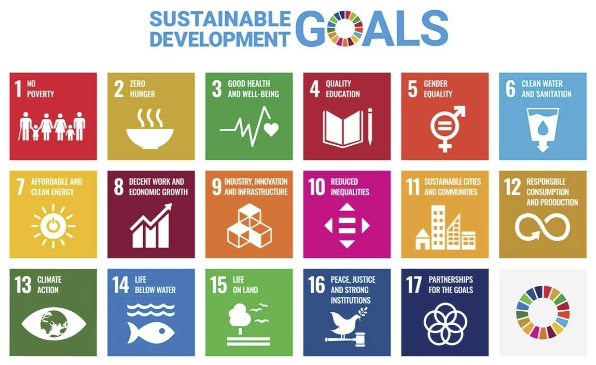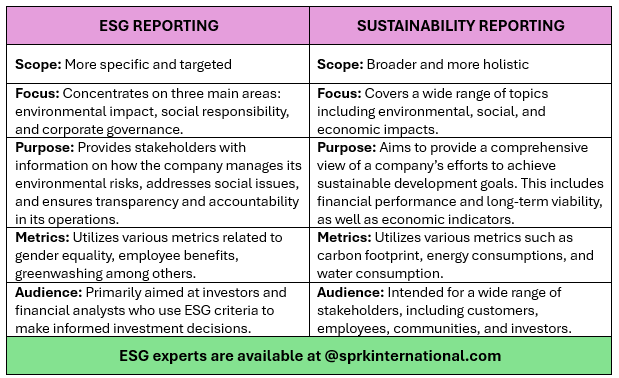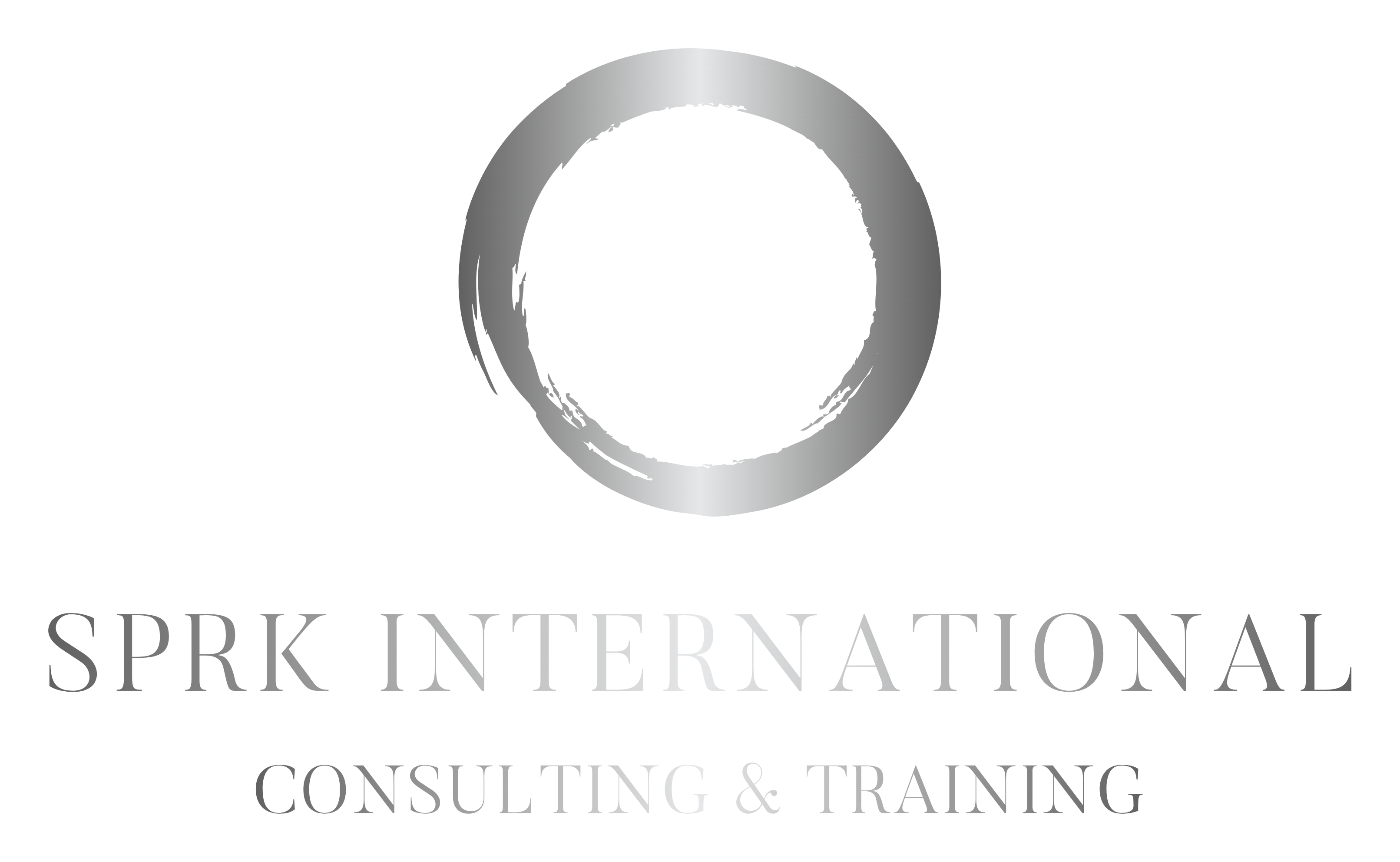Implementing Industry 4.0
(Written by Steve Connor - Principal Consultant SPRK International)
Implementing Industry 4.0 in your company can seem daunting due to concerns about cost, complexity, and scalability. However, the benefits of Industry 4.0 can significantly outweigh the investment if approached strategically. SPRK International can guide companies starting from an overall strategy that will lead to business case for implementing Industry 4.0 and moving your company from its current state to a much better future state.
Working with SPRK International will allow you to factually justify the implementation of Industry 4.0 in your company, with a focus on specific, measurable benefits that align with the company’s strategy and goals, such as: cost savings, improved efficiency, better product quality, enhanced agility, and sustainability. We typically start with small, scalable pilot projects and highlight successful outcomes to build confidence and internal support. Industry 4.0 is not just a technology investment but a strategic move to future proof your business, create competitive advantages and deliver long term ROI.
SPRK International will assess your current state and generate a potential future state in the following areas:
1) Operational Efficiency
2) Cost Reduction and Resource Optimization
3) Enhanced Product Quality
4) Agility and Flexibility
5) Supply Chain Management
6) Competitive Advantage and Regulatory Compliance
7) Attracting and Retaining Talent
8) Future-Proofing the Business
9) Tangible ROI and Long-Term Savings
Let me detail further some of the Industry 4.0 tools and how they may be used to benefit your company:
Operational Efficiency
Industry 4.0 technologies like IoT, AI, and automation can streamline manual processes, reducing human error (touchpoints) and downtime. This can lead to faster production cycles, higher throughput, and better use of resources.
By collecting real-time data from connected machines and sensors, your company can optimize its operations through more informed decision-making. This can reduce waste, improve machine utilization, and decrease operational costs.
SPRK will use your current state to develop a future state like: By automating repetitive tasks and optimizing machine usage, we expect to reduce downtime by 30%, leading to an estimated 15% increase in overall production efficiency.
Cost Reduction and Resource Optimization
Using Industry 4.0 technologies for predictive maintenance helps prevent unexpected equipment failures, reducing repair costs and minimizing production disruptions. Smart technologies allow for real-time monitoring of energy usage, enabling more efficient energy consumption and reducing utility costs.
Real-time data and AI can optimize inventory levels, reducing overstock and lowering storage costs.
SPRK will use your current state to develop a future state like: By adopting predictive maintenance, we can cut down on unplanned downtime by 40%, saving us around $100,000 annually in repair and productivity losses.
If you are interested in experiencing some of the above benefits for your company or operation, contact SPRK International and start an assessment of your current state and generate a potential future state.
Enhanced Product Quality
IoT sensors and AI-based quality control systems allow real-time monitoring of production processes. This ensures that defects are detected early, improving product quality and reducing waste. The use of deep learning can replace most of the tedious and tiresome inspection roles in a factory, catching more defects and improving customer satisfaction.
Automation leads to higher consistency in production, which is particularly important for industries where product precision is crucial (e.g., electronics, automotive, or pharmaceuticals).
SPRK will use your current state to develop a future state like: We expect a 20% reduction in defects through real-time monitoring, leading to improved customer satisfaction and reduced rework costs.
Agility and Flexibility
Industry 4.0 technologies enable companies to offer more personalized products without sacrificing efficiency. Smart factories can easily switch production lines to accommodate different products or customizations, allowing the company to tap into new markets or meet changing customer demands.
With real-time data and flexible production systems, the company can quickly adapt to new customer demands, changing regulations, or market trends, giving it a competitive edge.
SPRK will use your current state to develop a future state like: By enhancing production flexibility, we can reduce time-to-market for new products by 25%, giving us a competitive edge in launching tailored products faster.
If you are interested in experiencing some of the above benefits for your company or operation, contact SPRK International and start an assessment of your current state and generate a potential future state.
Better Supply Chain Management
By integrating IoT and blockchain, companies can gain real-time visibility into their supply chain, helping them track shipments, monitor supplier performance, and ensure timely deliveries. Industry 4.0 enables companies to foresee and mitigate supply chain risks (e.g., delays, inventory shortages) by using predictive analytics and real-time data.
SPRK will use your current state to develop a future state like: With real-time supply chain monitoring, we can reduce late deliveries by 40%, ensuring that we maintain customer loyalty and avoid costly delays.
Competitive Advantage
Companies that adopt Industry 4.0 technologies early can gain a significant competitive advantage by offering more efficient production, higher product quality, and faster delivery times compared to competitors still using traditional methods.
Industry 4.0 can allow your company to produce higher-quality, customizable products with shorter lead times, helping differentiate you in the marketplace and attract more customers.
SPRK will use your current state to develop a future state like: By adopting Industry 4.0, we expect to reduce lead times by 20%, making us one of the fastest producers in our market segment.
Sustainability and Regulatory Compliance
With the growing focus on sustainability, Industry 4.0 technologies can help reduce the environmental impact by optimizing energy usage, reducing waste, and ensuring efficient use of raw materials.
Many industries have strict regulatory requirements for quality, safety, and environmental standards. Industry 4.0 helps track compliance in real-time, reducing the risk of penalties.
SPRK will use your current state to develop a future state like: By optimizing our energy consumption and reducing waste, we can cut operational costs by 10% while also reducing our environmental footprint and meeting growing regulatory demands.
Attracting and Retaining Talent
Implementing Industry 4.0 doesn’t mean replacing workers, it means upskilling them to work alongside smart machines. It allows employees to focus on higher-value tasks, improving job satisfaction and reducing turnover.
Modern and tech-driven companies tend to attract younger, more tech-savvy employees. Industry 4.0 can enhance the company’s brand, making it a more appealing place to work for top talent.
SPRK will use your current state to develop a future state like: By embracing Industry 4.0, we create a more attractive work environment, reducing employee turnover by 15% and attracting the next generation of skilled workers.
Future-Proofing the Business
Industry 4.0 solutions are scalable, meaning as the business grows, the systems can grow with it. Investments in smart technologies today prepare the company to handle increased demand, workforce changes, and technology advancements.
As more businesses adopt Industry 4.0 technologies, staying traditional could leave the company behind in terms of efficiency, innovation, and cost-effectiveness. Implementing Industry 4.0 ensures the company remains relevant in a rapidly changing industry landscape. The scalability allows companies to grow revenue at a faster rate then its cost structure.
SPRK will use your current state to develop a future state like: Investing in these technologies will enable us to scale operations smoothly, allowing for a 15% increase in output over the next two years without major increases in labor costs.
Tangible ROI and Long-Term Savings
Industry 4.0 technologies often deliver quantifiable ROI through cost savings, increased productivity, reduced waste, and better resource allocation. These gains generally outweigh initial setup costs over the medium to long term.
Automation reduces the need for redundant manual labor, and predictive maintenance reduces unexpected downtime and repair costs, creating long-term savings.
SPRK will use your current state to develop a future state like: Over five years, we expect an ROI of 200%, with a projected cost saving of $500,000 annually through automation, waste reduction, and optimized energy usage.
If you are interested in experiencing some of the above benefits for your company or operation, contact SPRK International and start an assessment of your current state and generate a potential future state.










